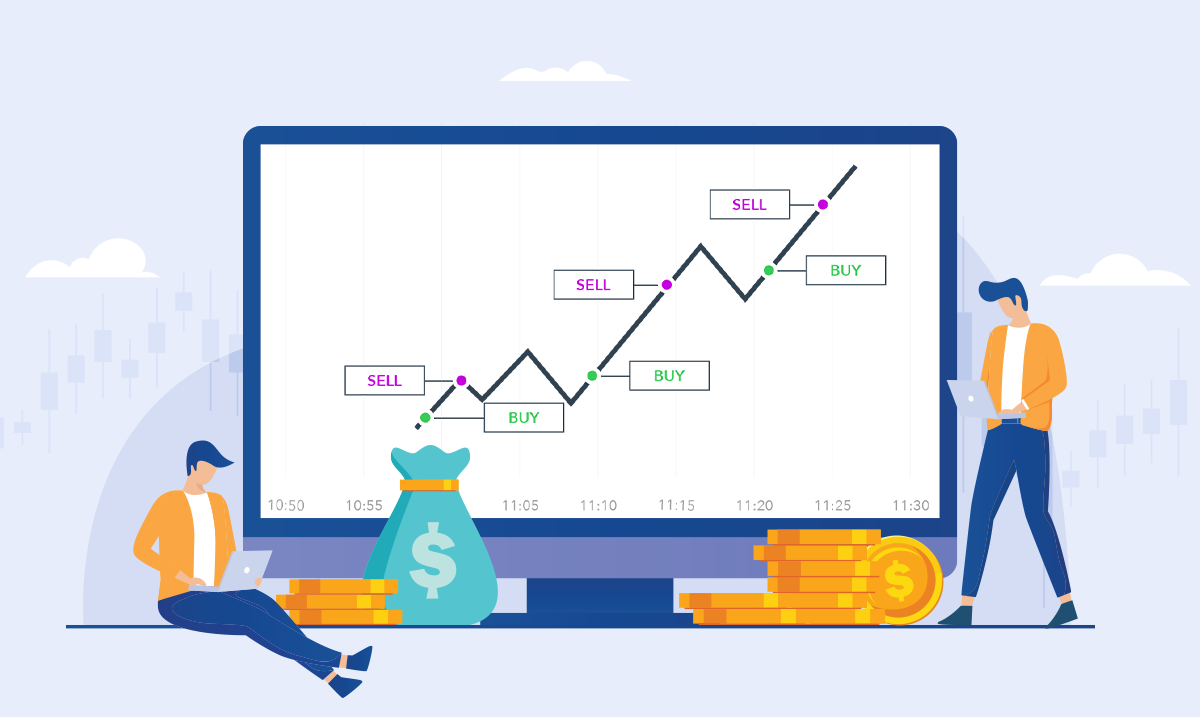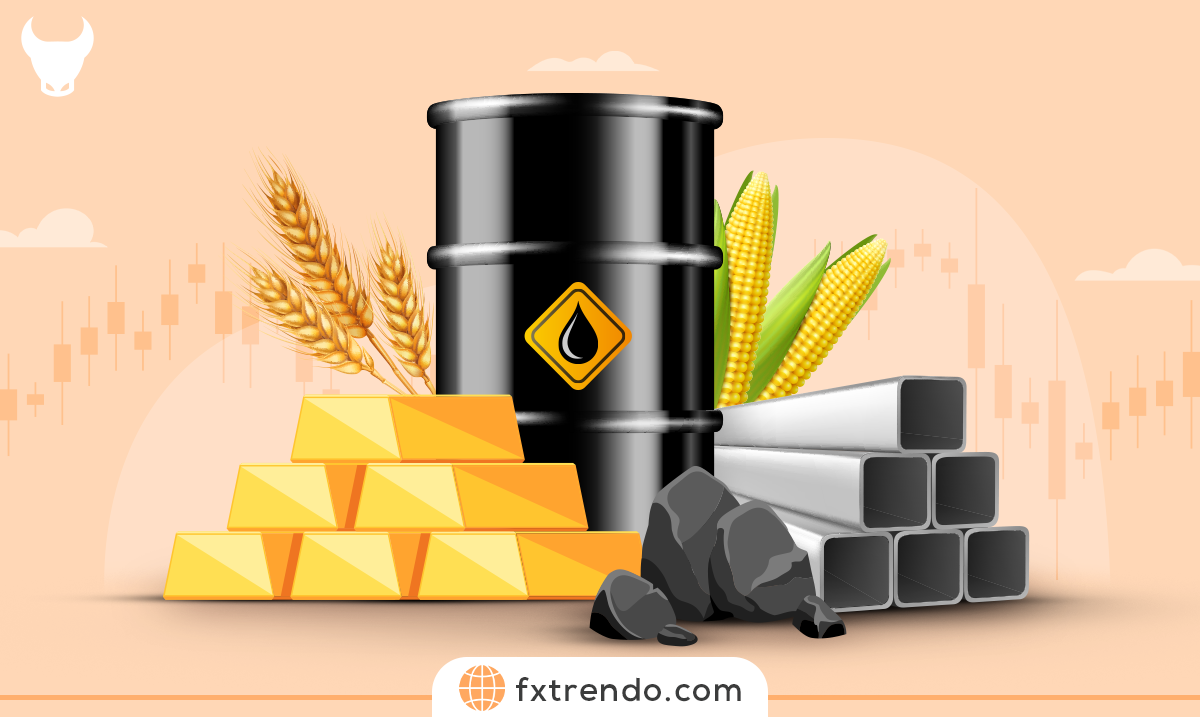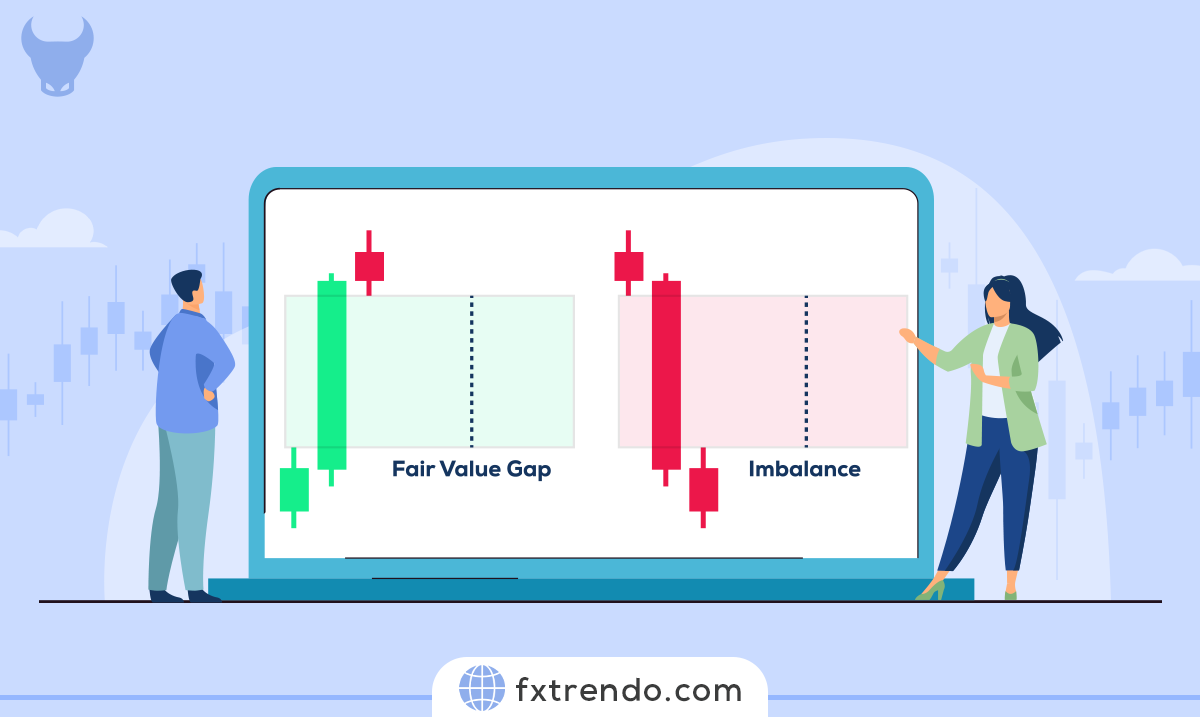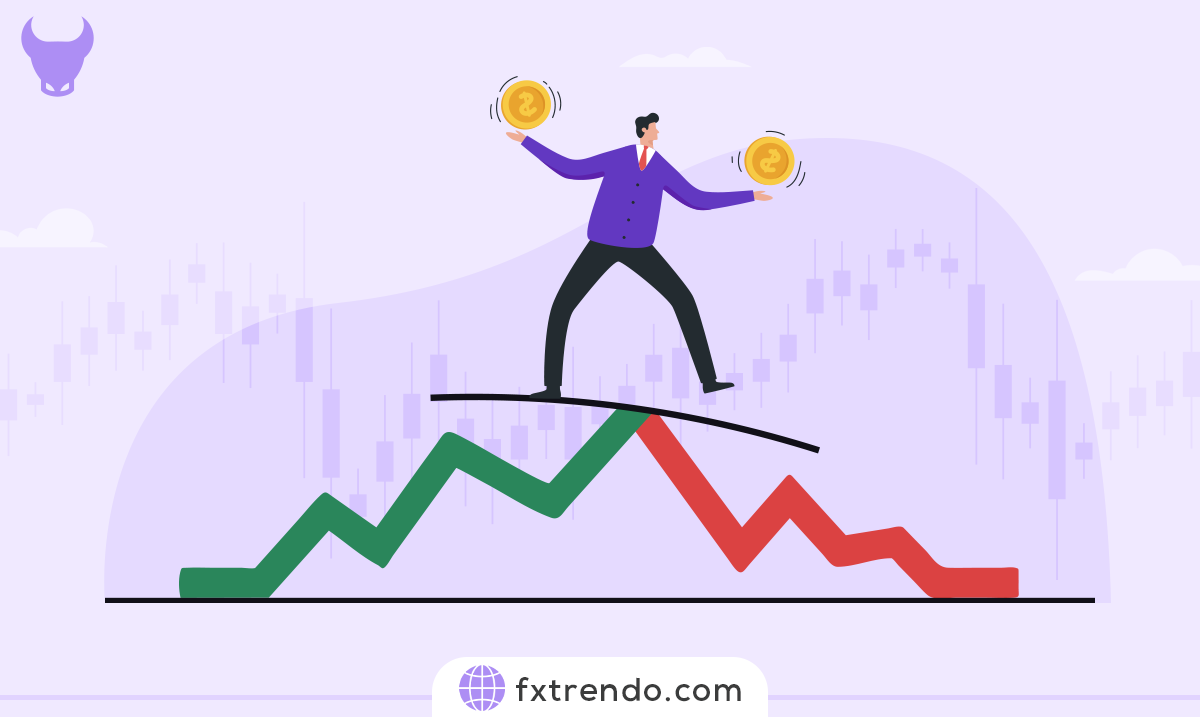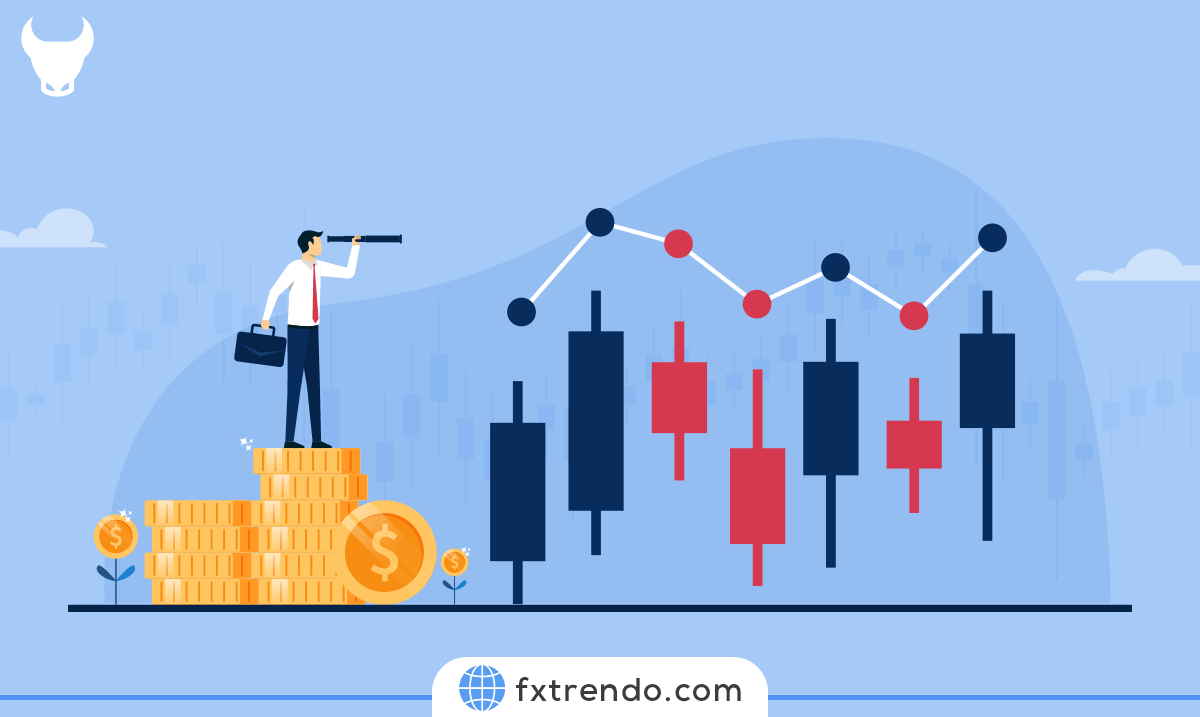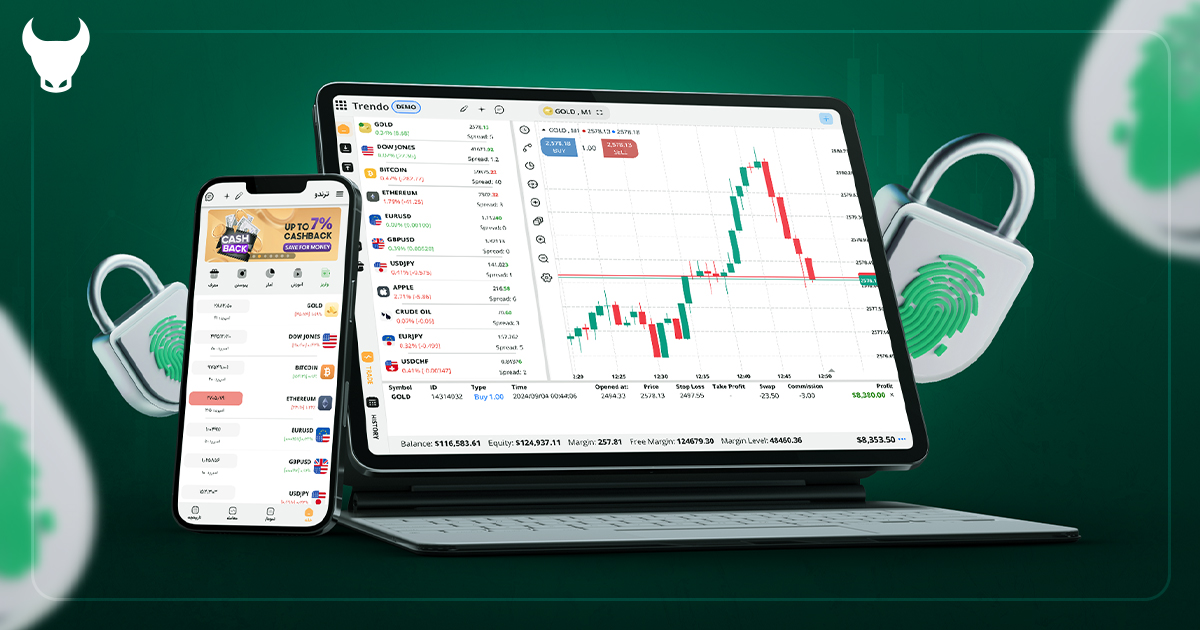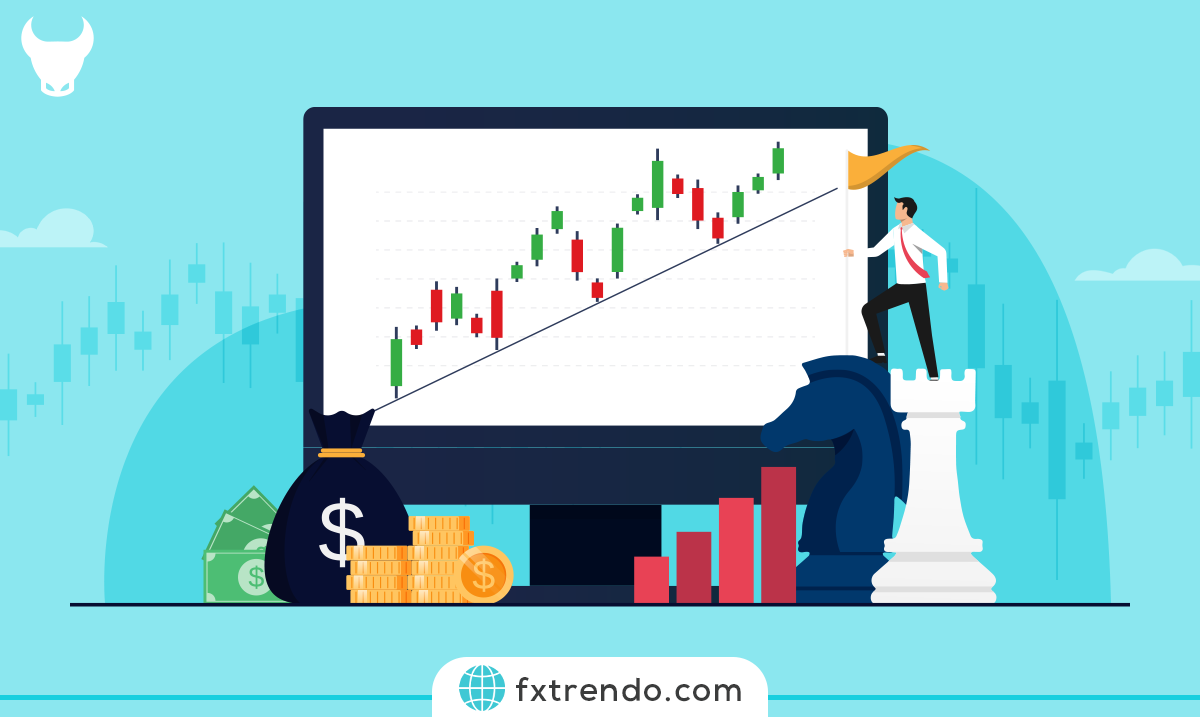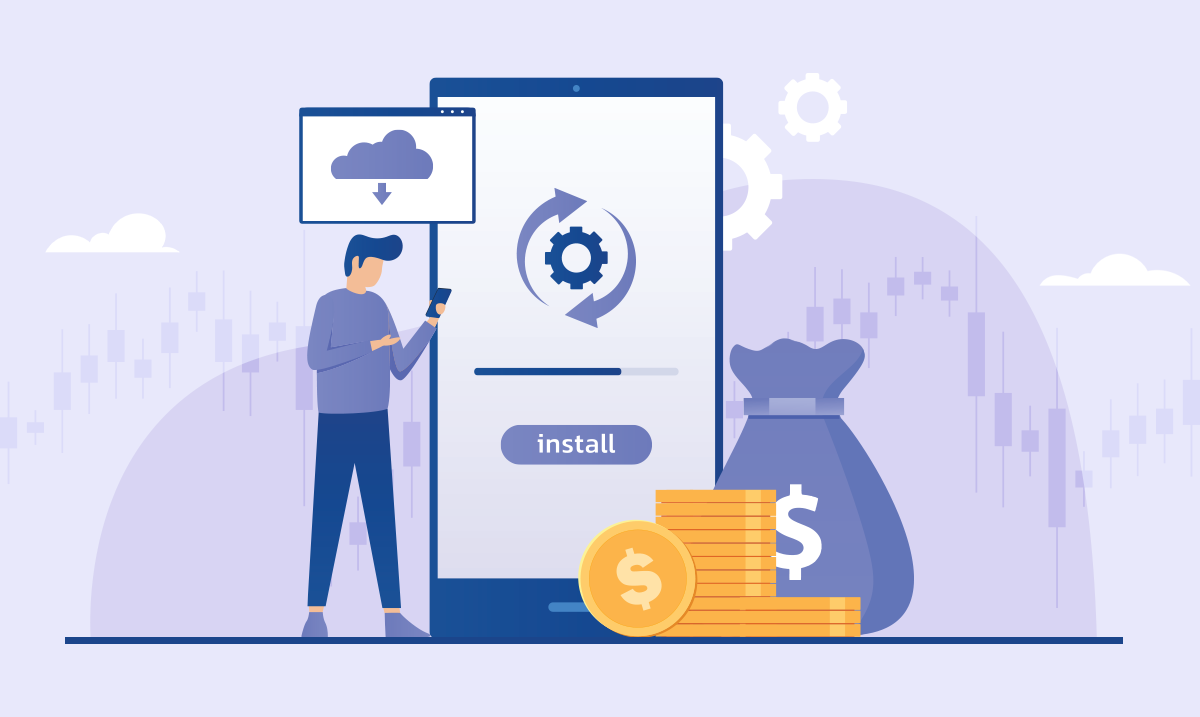Tutorial on using Take Profit and Stop Loss in Forex trading


Contents
The forex market is an attractive route to earn money for millions of traders worldwide with its vast liquidity and 24-hour trading cycle. However, it can be a risky investment if not approached with order and planning. Take Profit (TP) and Stop Loss (SL) are two significant tools available for every trader to make a steady profit. The purpose of this article is to provide a practical educational guide on how to effectively use these tools to optimize the trading strategy and gain maximum profit in the market.
What is Take Profit and Stop Loss?


Take Profit (TP) and Stop Loss (SL) are predefined orders used to automatically stop the trade when it reaches a certain level of profit or loss. These orders are designed to determine the profit amount and limit the loss.
Take Profit (TP): A type of limited order placed in the direction we expect the market to move, and when the price reaches that area, the trade is automatically closed and guarantees a specific profit. The Take Profit is used because we must not expect the market to move in the desired direction indefinitely, and there is always a trend and movement step with some retracement and market rotation.
Stop Loss (SL): A type of order placed against the trading direction, and when the price reaches a certain level of loss, the trade is closed automatically. Traders use Stop loss to limit the amount of possible loss in a transaction.
Comparing how to trade with Take Profit and Stop Loss against exiting manually from a trade?
Take Profit and Stop loss can be set automatically. Manual exit means that after opening a transaction on the chart, you wait for it to reach certain levels and close it manually. Using Take Profit and Stop loss means that after opening the trade, you specify the Take Profit and Stop loss areas on the chart, and the broker automatically closes the trades with profit or loss when the price reaches these areas.
Why is it important to use Take Profit and Stop Loss?
- Constant chart monitoring is unnecessary
- Controlling emotions during trading is unnecessary
- News and economic data release
- Risk and capital management
Constant chart monitoring is unnecessary: As a swing trader, you cannot stay on the chart for a long time and always observe the market, which is why you don't need to monitor the chart all the time, and you can check the trade every hour by using a logical and calculated take profit and stop loss.
Controlling emotions during trading is unnecessary: Many traders quickly close the trade with a small profit after it moves a little towards profit, or they start to fight the market and enter a larger amount of capital to compensate for the loss, and these two habits lead to the trader's loss in the long run (Of course, note the fact that if the increase in volume is not due to emotions and before entering into the trade, there are certain areas considered for increasing the volume, this method can be helpful and efficient).
Read More: Forex Trading Psychology
News and economic data release: The release of significant news, such as war news, economic data, etc., can cause crucial and unpredictable fluctuations on the chart, and the essential way to avoid these sudden fluctuations is to use stop loss.
Risk and capital management: Using a specific stop loss allows you to involve a certain amount of your money in each trade and not lose your entire capital with a single loss.
Should the Take Profit and Stop Loss remain constant during trading?
Swing traders and those who keep trades open for a long time tend to move the Take Profit and Stop Loss. When certain conditions are set before entering into the transaction to change the Take Profit and Stop Loss areas, you are allowed to do so but you must know that moving the Take Profit and Stop Loss based only on a momentary analysis and a sense of fear or greed will cause you to fail in trading in the long-run.
Methods of Determining Take Profit and Stop Loss
Determining the optimal TP and SL levels for trading requires a comprehensive understanding of market conditions, technical analysis , and risk and capital management.
Further, we will mention some practical steps to adjust these levels:
- Risk to Reward ratio (R/R)
- Using Technical Analysis
- Paying attention to market fluctuations
- Using a fixed amount of risk per trade
- Determining the Stop Loss based on the total capital
Risk to Reward ratio (R/R):
This ratio is the risk amount you will take for a given potential profit level. A usual risk-to-reward ratio in forex trading is 1:2, meaning the possible profit is twice the potential loss. For example, if you want to profit $50 from a trade, you are ready to lose $25 contrary to it.
Using Technical Analysis: Traders should identify the support and resistance levels, chart patterns, and use indicators such as the moving average or the ATR indicator to determine levels where the price is likely to reverse.
Paying attention to market fluctuations: The amount of take profit and stop loss should be variable in different markets or in the hours when the market has more volatility, and in the hours and markets where the fluctuations amount is less, one must use a lower take profit and stop loss to be able to enter a suitable number of transactions. The Bollinger Band indicator can also be helpful in this type of stop loss. The forex market is a 24-hour market, but the amount of each currency pair's movement differs at different hours of the day and night, and based on the start of the London and New York meetings or the overlapping of these two meetings, the movement of many currency pairs such as EUR/USD increases much more.
Read More: Financial markets and their trading hours
Using a fixed amount of risk per trade: One method of determining the amount of profit or loss is to use the amount of fixed risk in transactions. For example, you only want to risk $30 per trade, so you set your stop loss and trading volume in a way that $5 will be deducted from your trading account if the stop loss is touched.
Determining the Stop Loss based on the total capital: In this method, you involve a certain percentage of your entire capital in each trade. For example, your total capital is $1000, and you want to risk only 2% of the whole capital per transaction, so you will place your stop loss at a point equal to $20. The advantage of using this method is that if some of your trades are losing, you will enter the next trades with a lower stop loss, and this is helpful because if you have several losing trades in a row, your account will not be margin-called quickly.
Summary
In this article, we discussed the take profit and stop loss in forex trading and analyzed the importance of these two tools for traders. Take Profit and Stop Loss are basic tools for risk management in trading, and their use increases the traders's ability to manage risk and create effective strategies. Many great traders like Richard Dennis believe that in the trading world, the entry point is not significant, what determines your success or failure in the long run is the exit point. So, set the exit point from the trade before entering any trade, and always be ready to bear a loss, because accepting a little loss is better than losing the entire account.











